Non-Surgical Blog
Do PRP Injections Hurt? Pain Levels Explained
May 16, 2025

Key Highlights
- Platelet-rich plasma (PRP) injections are becoming increasingly popular for various conditions.
- PRP injections use a concentration of the patient’s own platelets to potentially accelerate healing.
- The level of discomfort during a PRP injection varies depending on the treatment area.
- While some patients experience minimal pain, others might feel a brief sting or pressure.
- Post-injection soreness is common and temporary, usually subsiding within days.
This article delves into the reality of PRP injections, addressing the common concern: Does it hurt? We’ll explore patient experiences and compare PRP injections to other medical procedures. By understanding pain levels and exploring options for pain management, this article aims to provide clarity regarding PRP injections and their role in promoting healing and wellness.
Understanding PRP Injections and Pain Perception
When considering any medical procedure, it’s natural to be curious about the potential for discomfort. The perception of pain is subjective, influenced by individual pain thresholds, emotional states, and the specific area being treated.
PRP injections, like any injection, can cause some level of discomfort. However, understanding the nature of PRP therapy and the factors influencing pain perception can help manage expectations and alleviate concerns.
Importantly, PRP injections utilize the patient’s blood, minimizing the risk of allergic reactions or rejection typically associated with foreign substances. This natural approach, coupled with various pain management techniques, makes PRP injections a generally well-tolerated procedure for most individuals.
What Are PRP Injections?
Platelet-rich plasma (PRP) injections are a cutting-edge approach to healing and tissue regeneration. PRP therapy harnesses the body’s natural healing capabilities by concentrating platelets, a type of blood cell abundant in growth factors. These growth factors stimulate cell regeneration and repair, potentially speeding up the healing process.
The procedure starts with a standard blood draw. The collected blood is then processed in a centrifuge. This device rapidly spins the blood sample, separating the components based on density. This process isolates the platelet-rich plasma from other blood components, like red blood cells and white blood cells, resulting in a concentrated solution of PRP. This rich plasma, packed with growth factors, is then injected directly into the injured area, kickstarting the body’s natural healing cascade.
Factors Influencing Pain Levels During PRP Injections
Several factors can influence the level of discomfort experienced during PRP injections. Understanding these factors can help manage expectations and make informed decisions about pain management options.
One significant factor is the injection site. Areas with a higher concentration of nerve endings, like the scalp or hands, may be more sensitive than areas like the knees or elbows. Furthermore, the size of the treatment area and the depth of the injection can also play a role. Deeper injections, often required for joint treatments, might cause slightly more discomfort than superficial injections used in cosmetic procedures.
Individual pain tolerance also varies greatly. What one person finds uncomfortable, another might perceive as minimal discomfort. Openly communicating your concerns and pain tolerance with your healthcare provider is crucial in determining the most appropriate pain management strategies for your needs.
Patient Experiences with PRP Injections
Patient experiences with PRP injections offer valuable insights into the actual sensations individuals might anticipate during and after the procedure. While pain tolerance and perception are subjective, understanding common experiences can help set realistic expectations for those considering PRP therapy.
By examining firsthand accounts and pain management strategies, we can alleviate concerns and shed light on the overall tolerability of PRP injections as a treatment modality.
Firsthand Accounts of PRP Injection Procedures
Most patients describe the pain associated with PRP injections as minimal and short-lived, comparing it to a quick, sharp pinch or pressure. Some patients report mild discomfort as the PRP solution is injected, which subsides quickly. The use of topical numbing agents before the injections significantly reduces any discomfort associated with the needle penetrating the skin.
It’s crucial to remember that each patient’s experience is unique. Factors like the treatment area, individual pain threshold, and the physician’s skill can influence pain perception. For instance, PRP injections for hair loss in the scalp might feel slightly more uncomfortable than injections in larger joints due to the scalp’s sensitivity.
How Patients Manage Pain Post-PRP Injections
Effective post-procedural care is crucial in minimizing discomfort and promoting optimal healing after PRP injections. Most patients experience mild soreness, swelling, or tenderness at the injection site, which typically subsides within a few days.
Applying ice packs to the injected area can help reduce swelling and alleviate discomfort. Over-the-counter pain relievers, such as ibuprofen or acetaminophen, can also be helpful in managing any lingering pain. Your doctor might recommend specific post-procedural care instructions based on the treatment area and your individual needs.
In some instances, your doctor might suggest physical therapy exercises or stretches to aid healing and restore mobility. Following these instructions diligently can optimize the treatment’s effectiveness and ensure a smooth recovery.
Comparing PRP Pain to Other Medical Procedures
Comparing the pain associated with PRP injections to other common medical procedures offers valuable context for those considering this treatment option. By understanding how PRP injections measure up in discomfort levels against familiar procedures, patients can make more informed choices.
This section explores how PRP therapy compares to corticosteroid injections, a common treatment for joint pain, and delves into the differences between PRP and more invasive surgical interventions.
PRP Injections vs. Corticosteroid Injections
Patients often want to know: do PRP injections hurt more than steroid injections? Both PRP injections and corticosteroid injections are common approaches for treating joint pain and injuries, but they differ significantly in their mechanisms of action and potential side effects. While both procedures involve injections and can cause initial discomfort, the experience and long-term implications vary.
Corticosteroid injections, renowned for their potent anti-inflammatory effects, provide rapid pain relief but do not promote tissue healing or regeneration. Conversely, PRP injections aim to stimulate the body’s healing mechanisms, potentially leading to long-term pain relief and improved joint function.
| Feature | PRP Injections | Corticosteroid Injections |
| Mechanism of Action | Stimulates healing and tissue regeneration using growth factors | Suppresses inflammation |
| Pain Level | Generally well-tolerated; discomfort comparable to corticosteroid injections | Often described as a brief sting or pressure |
| Duration of Relief | Potential for long-term pain relief and improved function as healing progresses | Provides temporary pain relief, typically lasting weeks to months |
| Side Effects | Minimal risk of side effects due to autologous nature | Potential side effects such as tissue weakening, infection risk, and skin discoloration |
The Pain Scale: PRP Injections Compared to Surgical Interventions
When comparing PRP injections to surgical interventions, the difference in pain levels becomes stark. Surgeries are inherently more invasive, often requiring general anesthesia, longer recovery periods, and carrying higher post-operative pain risks.
PRP injections, classified as minimally invasive, typically involve only topical or local anesthesia, with patients able to resume daily activities relatively quickly. While some post-injection discomfort is expected, it’s generally manageable with over-the-counter pain medication and pales in comparison to the potential pain associated with surgical procedures and the extended recovery period they demand.
This difference in pain and recovery time makes PRP injections a highly attractive alternative to surgery for many individuals seeking effective treatment with minimal disruption to their lives.
Strategies for Minimizing Pain During PRP Injections
Ensuring patient comfort during medical procedures is paramount. For PRP injections, various strategies can be employed to minimize pain and anxiety, leading to a more positive overall experience.
By addressing potential discomfort proactively and using appropriate pain management tools, healthcare providers can create a more comfortable environment for patients undergoing PRP injections. This focus on patient comfort contributes to a more relaxed and trusting patient-provider relationship.
Pre-Procedural Tips for Reducing Anxiety and Pain
Preparing for your PRP injection can significantly influence your experience. Reducing anxiety and managing expectations play a crucial role in minimizing discomfort. Openly communicate any concerns or anxieties you might have with your healthcare provider. They can provide detailed information about the procedure, address your specific concerns, and offer reassurance.
Before your appointment, avoid any medications or supplements that can thin your blood, like aspirin or ibuprofen, unless otherwise directed by your doctor. These medications can increase the risk of bruising or bleeding at the injection site.
On the day of your procedure, it’s advisable to eat a light meal or snack to maintain stable blood sugar levels and prevent lightheadedness. Wearing comfortable clothing that allows easy access to the treatment area can also contribute to a smoother experience.
Post-Procedural Care and Pain Management Techniques
Following your healthcare provider’s post-procedural instructions is vital for minimizing discomfort, promoting optimal healing, and achieving the best possible outcomes from your PRP injections. After the procedure, you might experience mild soreness, swelling, or tenderness at the injection site. These sensations are a normal part of the body’s healing process and usually resolve independently within a few days.
Applying ice packs to the treated area for short durations can effectively reduce inflammation and alleviate any discomfort. Your doctor might advise over-the-counter pain relievers, such as ibuprofen or acetaminophen, to manage pain. However, it’s crucial to avoid NSAIDs (nonsteroidal anti-inflammatory drugs), like ibuprofen or aspirin, immediately after the procedure unless explicitly approved by your physician, as these medications can potentially interfere with the healing process initiated by PRP.
In some instances, your doctor might recommend specific activities or movements to avoid temporarily to allow the treated area to heal properly.
Final Thoughts
PRP injections can vary in discomfort levels for individuals, influenced by various factors. Patient experiences provide valuable insights into managing post-injection pain. Comparing PRP pain to other medical procedures, such as corticosteroid injections or surgical interventions, can offer perspective on pain levels.
Strategies like pre-procedural anxiety reduction and post-procedural pain management are crucial for a smoother experience.
If you’re considering PRP injections, understanding pain perception and effective pain minimization techniques is essential. To learn more about PRP injections and how to manage associated pain, feel free to get in touch with us for guidance and support.
Frequently Asked Questions
Do PRP injections hurt more than steroid injections?
Both PRP and corticosteroid injections can cause discomfort. However, the pain experienced from either injection is usually comparable and brief. While corticosteroids might offer quicker pain relief, PRP therapy focuses on long-term healing with minimal side effects, a crucial distinction between the two treatment modalities.
What should I expect during a PRP injection?
During a PRP injection, you’ll feel a slight pinch or pressure as the needle enters the treatment area. Many patients find the discomfort manageable, often describing it as similar to a regular injection or blood draw. The use of topical numbing agents or local anesthesia can further reduce any potential discomfort during the procedure.
How long does pain last after a PRP procedure?
Most patients experience mild soreness, tenderness, or swelling at the injection site for a few days following the PRP procedure. The duration of pain varies based on individual healing responses and the specific area treated. Generally, any discomfort subsides as the healing process progresses, and patients can manage it effectively with over-the-counter pain relievers or ice therapy as advised by their doctor.

Search our blog posts: